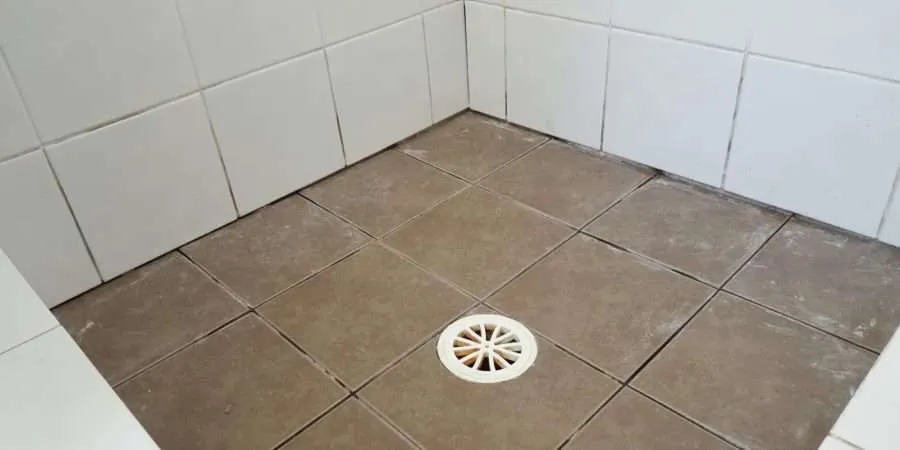The content in the next paragraphs pertaining to Looking for Signs of Water Damage in the Bathroom is definitely enjoyable. Check it out for your own benefit and decide what you think about it.

The shower room is extremely susceptible for wet build-up and also prospective water damages because of the constant use of water in it. This write-up provides simple assessment techniques to assist detecting water damage dangers.
The frequent use of water in the shower room makes it extremely vulnerable for damp buildup and prospective water damages. By evaluating it regularly, you can decrease water associated problems.
The following set of assessments is very easy to perform as well as must be done as soon as in every three months in order to keep your shower room healthy and to prevent prospective water problems brought on by the bath tub, the shower, pipe joints and plumbing, sinks, cabinets, as well as the bathroom
Do not forget executing these inspections and be extensive while doing them. Bear in mind that these straightforward examinations can save you a lot of money by offering early indicators for water damages
Tub and also Shower
The shower and also bath tub call for unique attention and maintenance. Check the tiles and replace if broken. Ensure that there is no missing grout between the tiles. Inspect and replace cracked caulking at joints where the walls meet the flooring or the bath tub. Obstructed drains pipes and also pipelines troubles will certainly stop the tub from drying out as well as may indicate major problems under the bathtub. Consult with a specialist quickly to avoid structural damage. Take note of discolorations or soft areas around the tub wall surfaces as they may indicate an internal leak.
Plumbing
Signs for water damages are hard to identify given that the majority of pipelines are installed inside the walls.
Pay unique focus to flooring and walls moisture and also discolorations as they might show an unseen plumbing issue. Inspect moisture levels in adjoining areas too.
Sinks as well as Cabinets
Sinks and also cupboards are subjected to moisture and also moisture everyday as well as are typically overlooked. Evaluate on a regular basis under the sink and also on the counter top above it. Fix any kind of drip in the trap as it might recommend drain problems. Check out the sink, slow-moving draining pipes may show an obstructed drainpipe. Replace sink seals if they are cracked or loosened.
The Bathroom
The toilet is a vulnerable water joint. Inspect the water lines and look for leakages around the toilet seat, in the tube, and also under the water storage tank. If you detect any kind of indications of moisture on the flooring around the bathroom, check for leakages in the toilet rim and container seals.
Understand that hanging toilet dish deodorants increases the opportunities for clogs.
How to Prevent Water Damage in Your Bathroom?
Water damage repair is an expensive, meticulous, and lengthy process. Unfortunately, bathrooms are the most susceptible rooms to water damage due to toilets, showers, and sinks. Pipes and fixtures wear out over time and are not immune to damage. But all is not lost, as there are ways to prevent water damage from occurring in your bathroom.
Check Your Plumbing
Nothing lasts forever, especially pipes, which can rust and begin leaking over time. You should periodically conduct pipe inspections and pay attention for any musty smells or water stains that may indicate you need water damage repair. Here are some things to check:
Frequently test valves for your toilet, shower, and sink to ensure they are properly working. Check faucet supply lines hidden under vanities and replace when needed. Replace cracked or deteriorating caulking along sinks, tubs, and showers. If you notice a clog in your sink, call in a professional. Since you can’t check the pipes in the wall, keep an eye out for stains, drywall bubbling, musty smells, and excess moisture; if the bathroom is on a second level, check the ceiling of the room directly below for these signs. Don’t Overwork Your Toilet
One of the most common reasons bathrooms need water damage repair is due to overflowing toilets. Save yourself the hassle of cleanup by being mindful and not pushing your toilet to extreme limits. If you have young children, it is especially important to keep an eye on them when they are in the bathroom and to teach them how to avoid clogging the toilet. Here are some more tips to help prevent your toilet from overflowing:
If you have a septic tank, only use septic-safe toilet paper Do not flush anything down the toilet besides toilet paper; items like diapers and sanitary napkins will clog the piping Pay attention to your toilet’s water level: If it’s low, it could mean it is partially clogged or that there is a crack in the toilet bowl Maintain Your Shower/Tub
Replace showers or tubs with cracks or other damage; even hairline cracks can allow water to seep in and cause damage. Grout and caulk help prevent water from seeping into walls and floors, so repair them if they are chipped, cracked, or deteriorating. Replace torn shower curtains or shower doors with seals that no longer work. Dry the floor and drain water from the tub immediately after use to prevent damage from sitting water. https://www.alure.com/home-improvements-blog/resources/how-to-prevent-water-damage-in-your-bathroom

We hope you enjoyed reading our post about Looking for Signs of Water Damage in the Bathroom. Thanks a ton for taking a few minutes to read through our article post. Those who liked our blog post if you please be sure to pass it around. I am grateful for your time. Kindly stop by our website back soon.
Schedule An Appointment